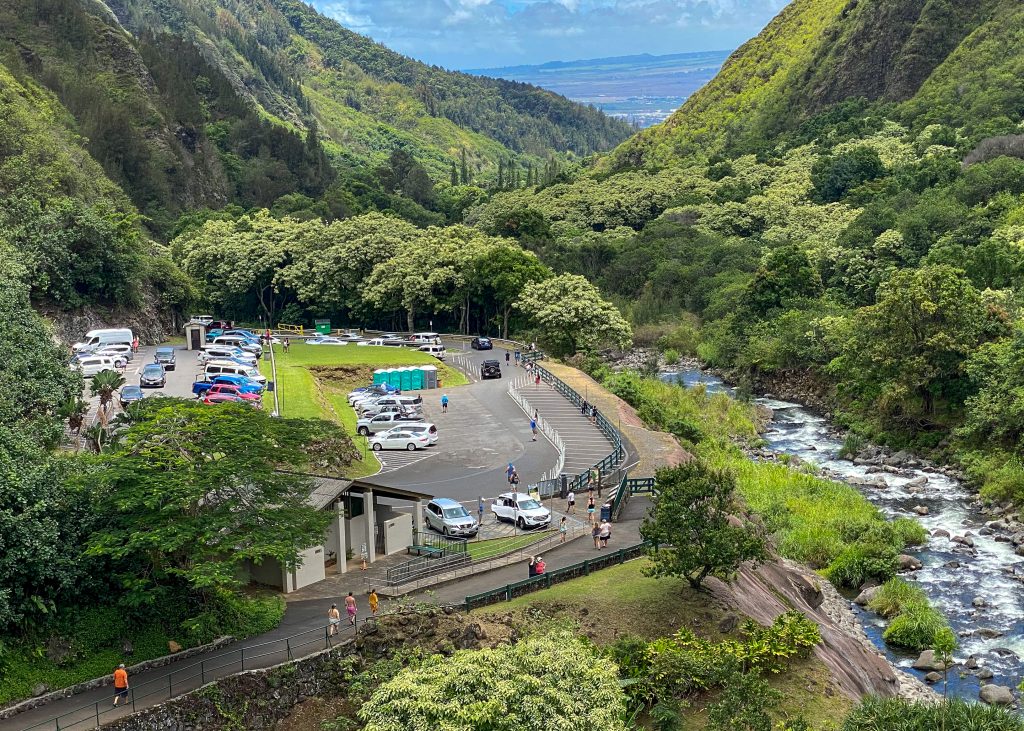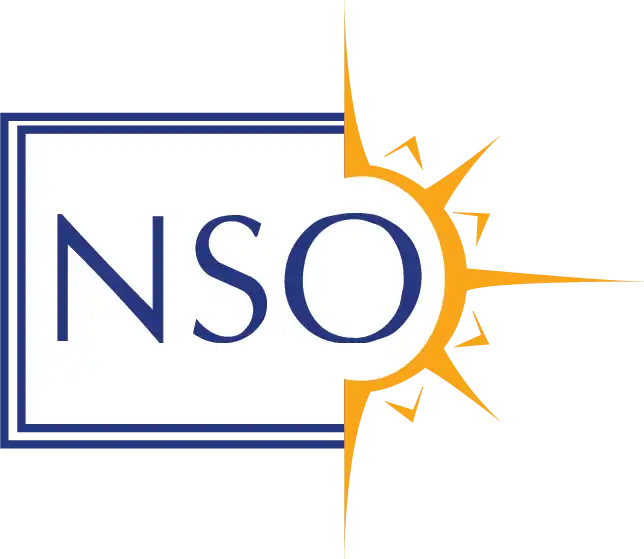202,000 visitors to Maui in November 2021, 30,000 fewer than pre-pandemic 2019

While Maui’s tourism continues to be strong in November 2021 despite the COVID-19 pandemic, the number of visitors and their spending still lag the record levels of pre-pandemic 2019, according to the latest preliminary visitor statistics released by the Department of Business, Economic Development and Tourism.
In November 2021, 202,246 visitors to Maui spent $352 million, which was 6.8% less than the $378 million spent by the 232,330 tourists in pre-pandemic November 2019.
Key stats for Maui:
- Average daily census was 57,562 visitors in November 2021, compared to 61,437 tourists in November 2019.
- Through the first 11 months of 2021, there were 2,064,043 visitors, a 26% decrease from the first 11 months of 2019.
- Total visitor spending for the first 11 months of 2021 was $3.5 billion, a decrease of 24% from $4.6 billion in the same period of 2019.
Prior to the global COVID-19 pandemic and Hawaiʻi’s quarantine requirements for travelers, the State of Hawaiʻi achieved record-level visitor expenditures and arrivals in 2019 and in the first two months of 2020.
Statewide, visitor spending during November 2021 was $1.18 billion, a 11.5% decrease from the $1.34 billion spent in November 2019.
In November 2021, 613,391 visitors arrived by air service to the Hawaiian Islands, primarily from the US mainland. This is a 24% decrease from the 809,076 visitors who arrived by air and by cruise ships in November 2019.
The US Centers for Disease Control and Prevention continues to enforce restrictions on cruise ships through a “Conditional Sail Order”, a phased approach for the resumption of passenger cruises to mitigate the risk of spreading COVID-19 onboard.
Statewide, the average daily census was 190,924 visitors in November 2021, compared to 223,746 in November 2019.
“We are pleased to see Hawaiʻi’s tourism industry’s continued improvement in November,” said Mike McCartney, Director of the Department of Business, Economic Development and Tourism. “Looking forward with cautious optimism, our tourism industry is linked to how Hawaiʻi and the world responds to Omicron. Public Health is still fundamental to an improved tourism economy. The more our visitors and residents have the booster vaccination, the better opportunity we will all have to achieve economic momentum and prosperity.
“Our best chance for success is for everyone to get two vaccinations and the booster shot, continue to wear a mask and exercise personal responsibility to keep everyone safe.”
The Hawaiʻi tourism trend continued in November 2021 with international travel struggling, especially from Japan, and with the number of visitors arriving from the US mainland outpacing two years earlier.
- 409,864 visitors from the US West, 9.2% more than in November 2019. They spent an average of $209 per day (up 16.9% from 2019) and stayed an average of 8.8 days (5% more than 2019).
- 156,004 visitors from the US East, 3.7% more than in November 2019. They spent $324 million, 5.7% more than in November 2019. A longer length of stay (9.73 days, +5.6%) contributed to the increase in spending.
- 2,589 visitors from Japan, 98% less than the 131,536 in November 2019. It resulted in $182 million less in revenue than two years earlier.
- 22,045 visitors arrived from Canada, 56% less than in November 2019. They spent $53 million, 46% less than two years earlier.
- 22,889 visitors from All Other International Markets, a 73% decrease from November 2019.
- 4,816 trans-Pacific flights and 1,003,431 seats served the Hawaiian Islands, compared to 4,883 flights and 1,072,805 seats in November 2019.
Through the first 11 months of 2021, 6,023,827 visitors spent $11.34 billion. The number of visitors was 36% less and their spending was 29% less than during the same time period in 2019.
During the first 11 months of 2021, there were only 234,389 international visitors, 7.6% of the 3,064,075 during the same time period in 2019.
Hawaiʻi Tourism Authority President and CEO John De Fries said: “Demand for travel to the Hawaiian Islands remains strong, as evidenced by these November numbers. While the situation with COVID continues to evolve globally, as more people continue to get vaccinated and boosted, we look forward to welcoming back our international visitors in 2022. The stabilization of the visitor industry continues, and its recovery is an important part of Hawaiʻi’s economy that supports thousands of kamaʻaina families.”
View Full Release and Tables








